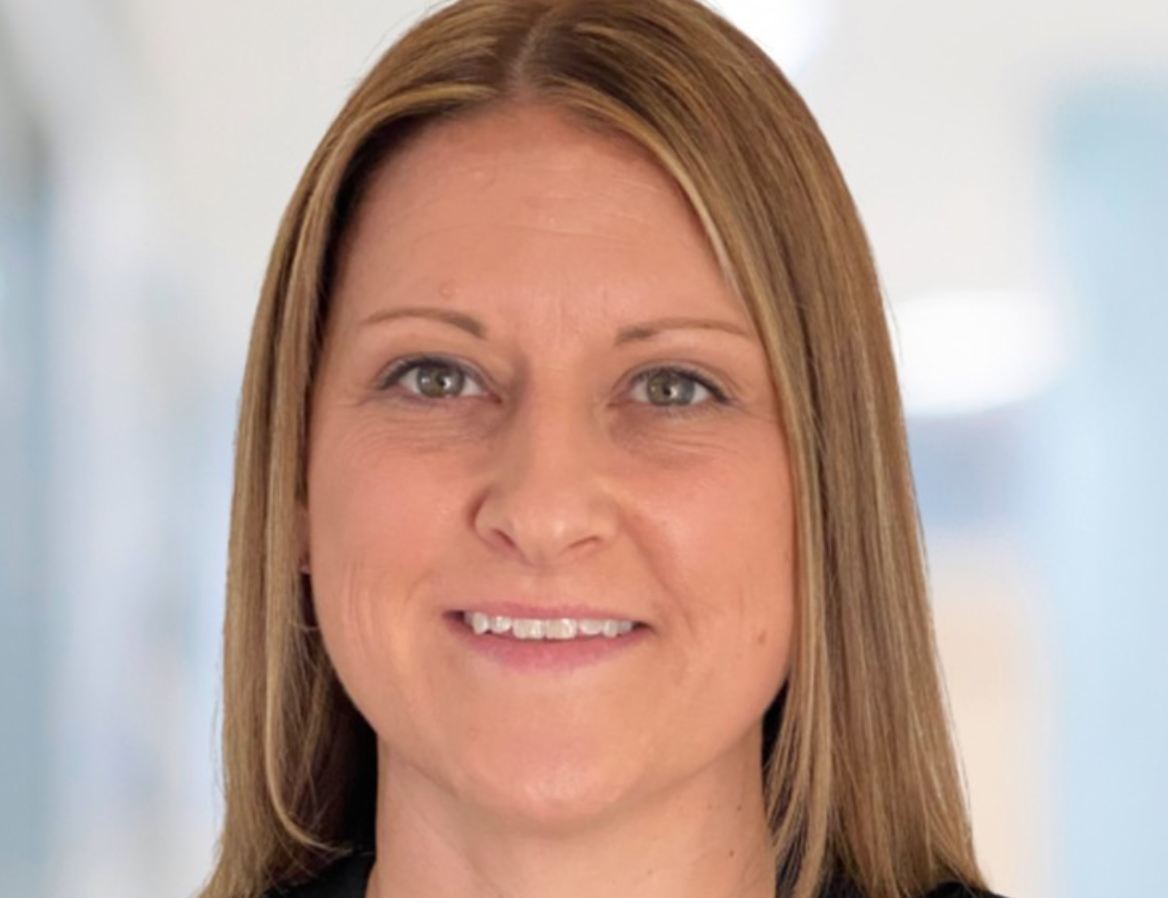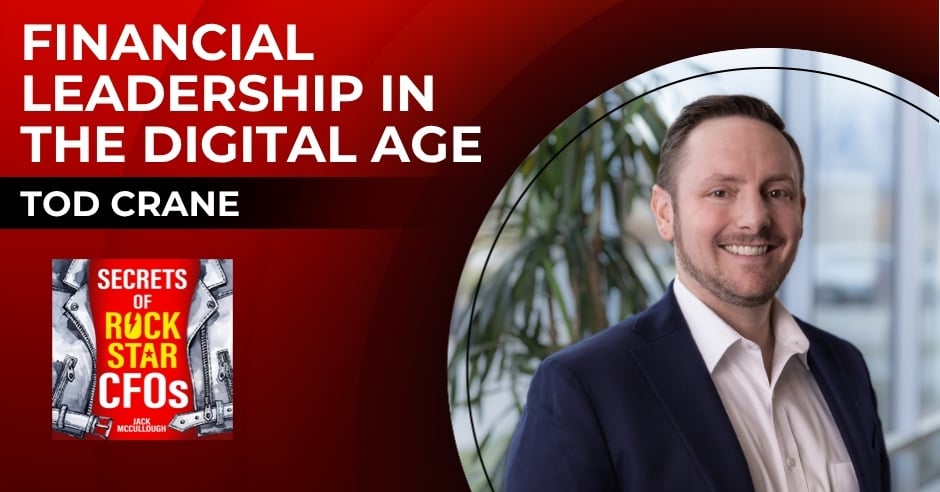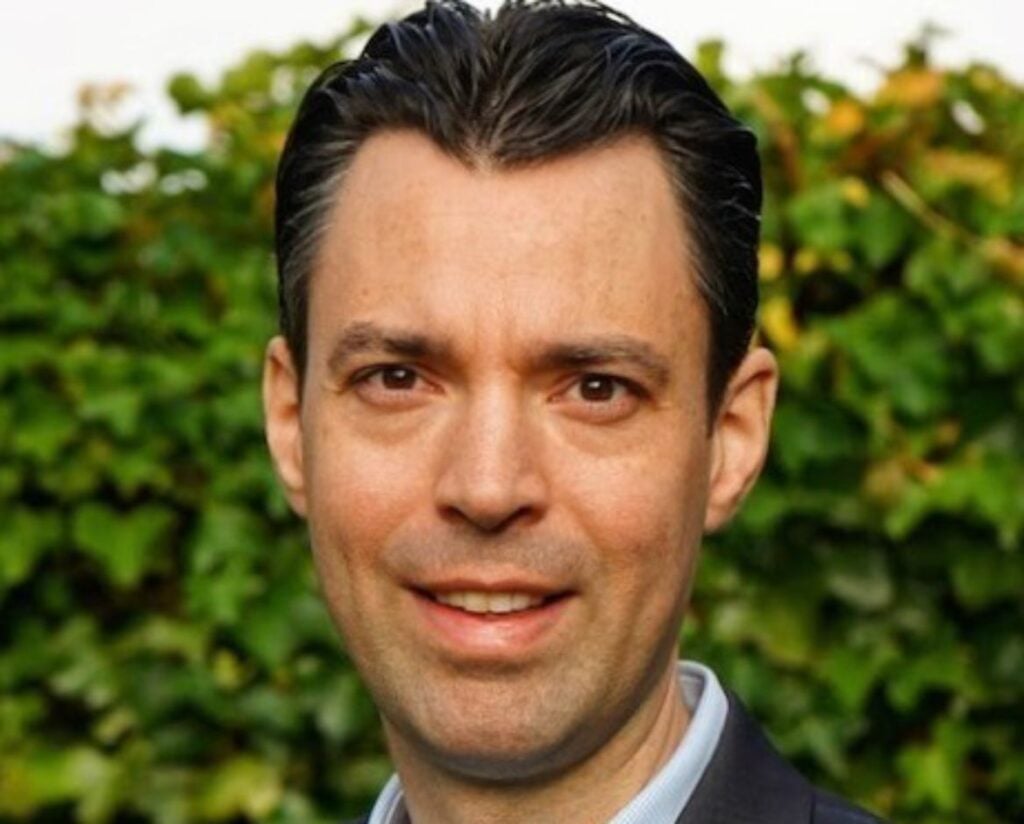“I’ve seen the relationship between finance and IT shift in a big way. It used to feel more transactional—IT handled systems and support, finance focused on budgets and forecasting,” says Kathryn Eskandarian, CFO of Visual Lease. Now, she says, technology touches almost every part of the business, and the connection between finance and IT has become much more collaborative and strategic.
While Eskandarian oversees IT at the online platform for lease management (acquired by CoStar Group in 2024), she emphasizes it’s more of a partnership. In an interview with our writer Katie Kuehner-Hebert, Eskandarian discusses keeping an open and transparent dialogue with IT, choosing IT systems that scale and tying financial data to real outcomes.
As a CFO who oversees IT, what are the most impactful steps finance leaders can take to foster stronger collaboration with the tech function?
What makes the difference is building a relationship based on trust and shared goals. Neither needs to become an expert in the other’s world, but each must understand where decisions overlap, whether that’s in cost modeling, data governance or systems architecture.
Bringing in IT early during planning and budgeting conversations and having an open and transparent dialogue makes a real difference. When finance and IT operate as true partners, it becomes a lot easier to scale smartly and move the business forward with confidence.
Many finance leaders are expected to do more with less. How have you balanced driving operational efficiency with positioning the business for long-term success?
Efficiency initiatives can tempt a CFO to make broad cost cuts. In my experience, actual efficiency comes from thinking about how to use automation to reduce friction while protecting the investments that will help the finance leader scale down the line.
When evaluating tech options, I like to think a few steps ahead. Will the solution make sense if the business grows significantly or expands into new markets? Forward-thinking guides the decisions around budgets, systems and team structure. Tools like operational dashboards and scenario modeling keep things on track without hampering flexibility.
Just as important is staying closely connected with partners across the business, especially IT. The tools we choose today have to continue working for us tomorrow.
What trends are at the forefront of your mind, and how are they shaping Visual Lease’s decision-making and leadership?
Lately, I’ve been thinking about the [external] forces influencing business strategy. Three things keep coming up: economic uncertainty, the pace of new technology [development] and, of course, AI. Each weaves in an extra thread of complexity but opens the door to opportunity.
Technology is playing a bigger role. However, in my experience, adopting a new tool just because it’s shiny or trending rarely works out. I always ask: Will it help us work smarter?
Steering change takes curiosity, collaboration and the willingness to take smart, well-measured risks. That’s the mindset I try to bring to every decision—don’t chase change for the sake of it but approach it with intention, alignment and clarity on how to move the business forward.
“Forward-looking KPIs are great, but only if you’re using them to tell a story that helps guide decisions.”
What advice would you offer finance professionals who aspire to more strategic leadership roles?
They have to evolve beyond reporting and cost control. A strategic partner deeply connects to the bigger picture: how the company grows, what drives customer value and where to allocate future investment.
The best insights often come from asking the right questions, not just analyzing the numbers. Forward-looking KPIs are great, but only if you’re using them to tell a story that helps guide decisions.
I always emphasize the importance of breaking down silos. The more closely you work with other teams, the more you can tie financial data to real outcomes. When everyone understands the “why” behind a decision, the business moves faster and smarter.
Strong communication skills are critical, too. The ability to distill complex data into something useful for stakeholders, boards or investors separates a good finance leader from a great one. Helping others understand what the numbers mean—that’s how you become indispensable in the room where strategy is set.








